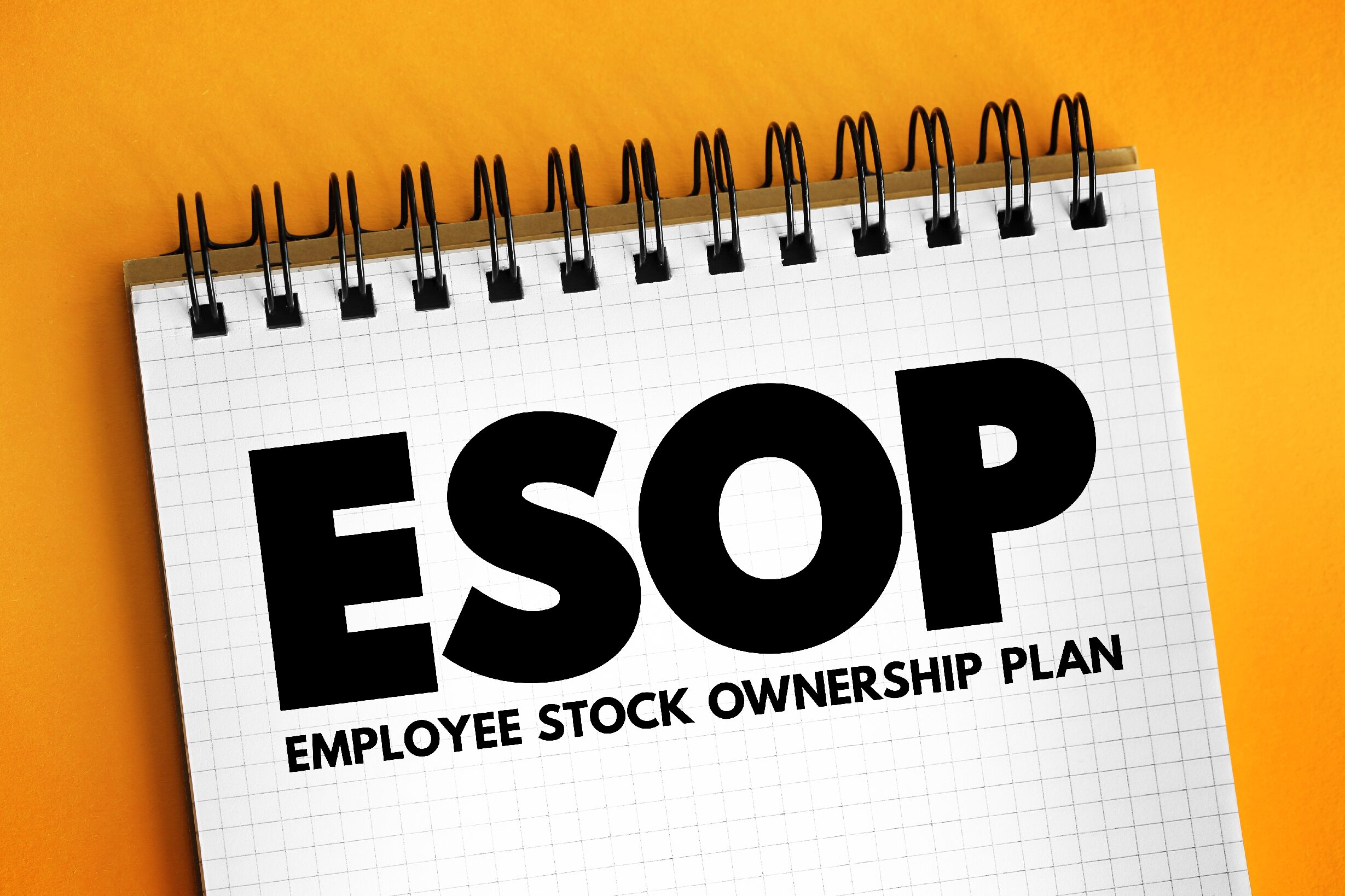An employee stock option plan (ESOP) is an often-overlooked exit strategy for business owners. An ESOP is a qualified retirement plan that gives employees ownership in the company through stock. They are flexible, allowing owners to slowly sell their shares over time and have a gradual transition, or sell 100% right away. In this transaction, the company gets a loan from a bank and then loans that money to the ESOP in order to purchase the stock from the shareholder.
If the company is an S-Corporation, then the deal often pays for itself, as the ESOP is a tax-exempt entity. So, instead of making distributions to the owners to cover their federal and state tax liabilities, the company can use that extra cash-flow to pay back the loan.
If the company is a C-Corporation, the selling shareholders can take advantage of section 1042 to defer the tax on the sale of their stock if the following factors apply:
1. The ESOP owns at least 30% of the stock
2. The shareholder has held their shares for at least 3 years
3. The shareholder reinvests the proceeds from the sale in other securities
Benefits of selling to an ESOP include attracting and retaining employees,
preserving company culture and the owner’s legacy, and providing employees with a sense of ownership. On the other hand, ESOPs are expensive and time consuming to set-up and are subject to complex regulatory requirements.
While ESOPs are not the best option for every situation, they should definitely
be considered if you are thinking about selling your business.
For additional information, please contact your tax partner/manager.



Recent Comments